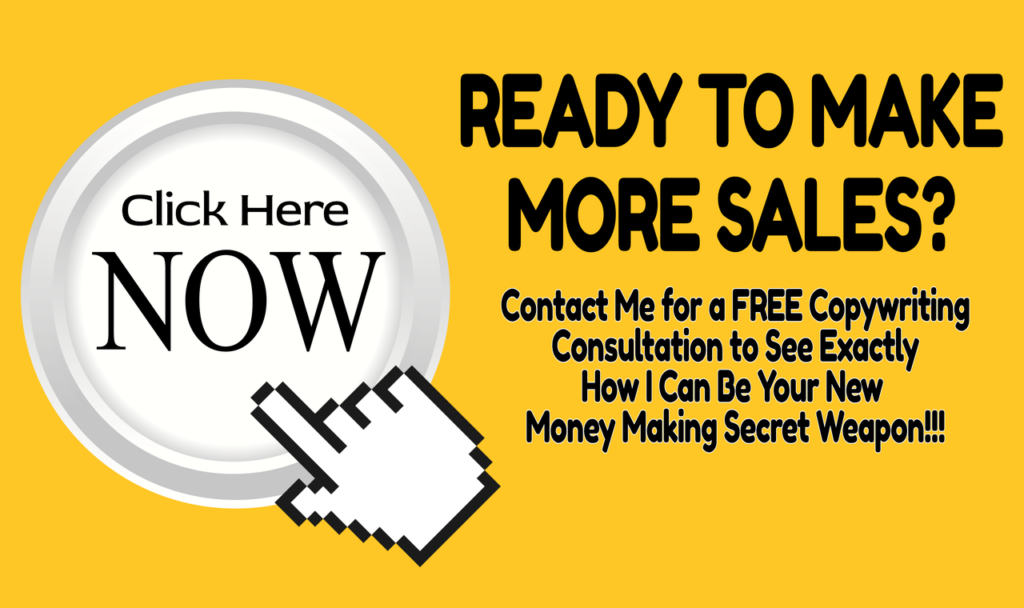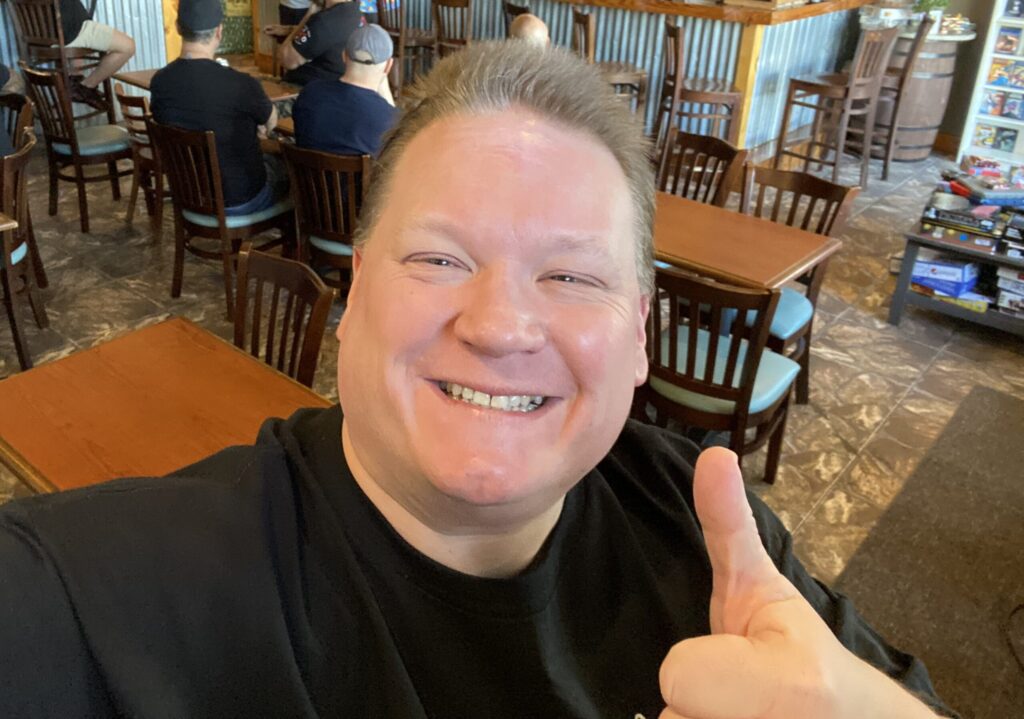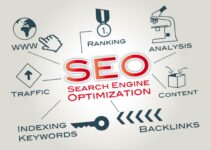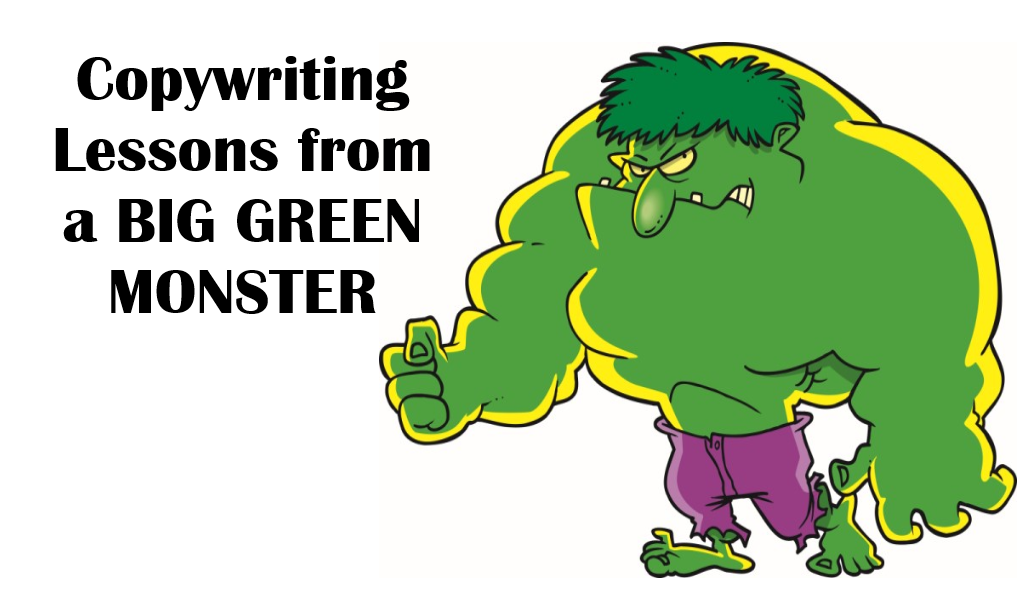The Power of Persuasion: Leveraging Psychological Triggers
Key psychological triggers can significantly influence consumer behavior. Scarcity, urgency, and social proof are some of the most effective tools in your copywriting arsenal.
Scarcity creates a sense of urgency. People fear missing out on a good deal. Remember the rush to get the latest action figures in the ’80s? Use that same principle in your copy. Phrases like “limited time offer” or “only a few left in stock” trigger a sense of scarcity. This encourages immediate action. When people believe they might miss out, they’re more likely to make a quick decision.
Urgency motivates quick decisions. Think about the rush you felt when the clock was ticking down during a crucial moment in a video game. Limited-time offers and countdown timers create a similar sense of urgency. Let your audience know they need to act fast to take advantage of your offer. A countdown timer on your landing page or an email subject line like “Only 24 hours left!” can drive quick responses.
Social proof builds trust. People tend to follow the actions of others. This is why we loved watching what our friends were into back in the day. Use testimonials, reviews, and case studies to show that others have successfully used and benefited from your product. Seeing positive experiences from real people reassures potential buyers that they are making a wise choice.
Imagine a potential customer reading about how your product changed someone’s life for the better. They see others like them making the same decision. This validation can be the nudge they need to move from browsing to buying.
Leveraging these psychological triggers can transform your copy from good to great. Scarcity, urgency, and social proof aren’t just tricks; they’re powerful tools that align with human nature. Use them wisely, and watch your conversion rates soar.

Crafting Compelling Headlines and Hooks
Your headline is the first thing potential buyers see. It needs to capture attention and spark interest. Think of it as your product’s first impression. A great headline promises a benefit, evokes curiosity, or addresses a pain point. It’s like the iconic opening riff of a favorite ’80s song – it grabs you immediately.
Use proven techniques for crafting attention-grabbing headlines. Ask a provocative question, make a bold claim, or highlight a key benefit. For example, “Transform Your Productivity in Just 10 Minutes a Day” is more compelling than “Productivity Tips.” Remember the thrill of a new movie trailer? Your headline should create that same excitement and anticipation.
Hooks keep readers engaged. Start with a surprising fact, a compelling story, or a relatable scenario. Draw your readers in and make them want to learn more. The first few lines should make them think, “I need to read this.” Imagine opening a book and immediately getting pulled into the story – that’s the power of a good hook.
Here are some tips for crafting compelling headlines and hooks:
Ask a provocative question. Engage your readers’ curiosity. “Are You Making These Common Marketing Mistakes?” makes people want to find out more.
Make a bold claim. Grab attention with a strong statement. “Double Your Sales in 30 Days” promises a clear, desirable benefit.
Highlight a key benefit. Show the value upfront. “Get Fit Without Leaving Your Desk” speaks directly to a common desire.
Use surprising facts. Start with an unexpected statistic or piece of information. “Did You Know 90% of Success Stories Share This One Trait?” intrigues readers.
Tell a compelling story. Start with an anecdote that resonates. “John Nearly Gave Up on His Business Until He Tried This” hooks readers with a relatable scenario.
Relate to your audience. Begin with a scenario they recognize. “Remember the Excitement of Saturday Morning Cartoons? Your Marketing Can Feel Just as Engaging” draws on nostalgic connections.
A powerful headline paired with an engaging hook sets the stage for your content. It’s the lure that gets readers to dive deeper. Craft these elements with care, and you’ll keep your audience glued to your copy, eager to see what comes next.
Creating Irresistible Offers That Drive Conversions
An irresistible offer combines value, scarcity, and urgency. It’s more than just a good deal; it’s an opportunity too good to pass up. Think of it as the Black Friday of your marketing strategy – people can’t help but take action.
Highlight the value of your offer. Explain why it’s worth more than the price you’re asking. Showcase the benefits and unique features of your product. Use clear, compelling language to communicate this value. Imagine you’re selling the ultimate concert ticket package. Don’t just list the features; paint a picture of the experience. “Enjoy front-row seats, VIP backstage access, and a signed album – all for a fraction of the cost.”
Create a sense of scarcity. Limited-time offers, exclusive deals, and limited quantities make your offer more appealing. People are more likely to act if they know the opportunity won’t last. Remember the frenzy of trying to get your hands on the latest action figure or concert ticket? Tap into that urgency. “Only 10 spots left for our exclusive webinar – secure your spot now!”
Use urgency to drive action. Encourage immediate responses with deadlines and countdowns. Let your audience know that they need to act now to take advantage of your offer. A ticking clock can be incredibly motivating. “Hurry, sale ends at midnight! Don’t miss out on 50% off your favorite products.”
Here’s how to craft an offer that people can’t resist:
Emphasize the benefits. Show how your product solves a problem or improves their life. Make it clear why they need it. For example, “Boost your productivity with our time-saving app – save hours every week!”
Highlight unique features. What sets your product apart from the competition? Make sure your audience knows. “Our fitness tracker not only counts steps but also offers personalized workout plans and diet recommendations.”
Use testimonials. Let satisfied customers speak for you. Real-life success stories add credibility and show potential buyers what they’re missing out on. “Jane doubled her sales using our marketing tool – see her story.”
Add bonuses. Sweeten the deal with extra perks. Freebies, additional services, or exclusive content can tip the scales. “Sign up today and get a free eBook on top marketing strategies.”
By combining these elements, you create an offer that’s not just attractive but compelling. It’s an invitation your audience can’t ignore.

Building Trust and Credibility Through Authenticity
Trust and credibility are crucial in the buying process. Authentic storytelling and transparent communication can help build this trust. Remember how much you trusted Mr. Rogers? That’s the kind of trust you want to build with your audience.
Share your brand’s story. Be open about your journey, your values, and your mission. Authenticity resonates with audiences. When people feel they know and trust you, they are more likely to buy from you. Think of brands you love; it’s not just about their products. It’s about their stories. Share your struggles, your victories, and what drives you. Let them see the human side of your brand.
Use consistent and reliable communication. Ensure your message is consistent across all platforms. Reliability builds trust over time. Be honest about what your product can and cannot do. This transparency will earn your audience’s trust and loyalty. If you make a promise, keep it. If there’s an issue, address it head-on. Just like a favorite TV show, your brand should be dependable and trustworthy.
Be authentic in your interactions. Engage with your audience on social media, respond to comments, and show appreciation for their support. Authenticity isn’t just about your story; it’s about how you interact daily. Use a conversational tone, show empathy, and be genuine in your communications. When customers feel heard and valued, they’re more likely to become loyal advocates for your brand.
Highlight real-life testimonials and case studies. Let your satisfied customers speak for you. Share their stories and experiences with your product. Authentic testimonials and case studies add credibility and show potential customers the real-world value of what you offer. It’s like hearing a recommendation from a trusted friend.
Maintain transparency in all aspects. Be upfront about your product’s capabilities and limitations. No one likes unpleasant surprises. Clear and honest communication about what customers can expect builds trust. If there’s a delay in shipping or an issue with a product, let them know immediately and explain the steps you’re taking to fix it. Transparency in tough times can turn a potential negative into a positive experience, strengthening customer loyalty.
Consistency is key. Your brand’s message should be consistent across all channels. Whether it’s your website, social media, or email newsletters, make sure your tone, style, and values are uniform. This consistency helps build a reliable brand image. Just like how you could always count on Indiana Jones to save the day, your audience should always know what to expect from you.
Building trust and credibility through authenticity isn’t a one-time effort. It’s a continuous process. But the payoff is worth it. Customers who trust you are more likely to buy from you, stay loyal, and recommend you to others.
Apply These Strategies to Boost Your Conversions
Turning browsers into buyers isn’t just about clever copy. It’s about understanding and leveraging the psychology of consumer behavior. Use these strategies to craft compelling, conversion-centric copy that resonates with your audience.
Ready to take your copywriting to the next level? Contact me for professional copywriting services that turn browsers into buyers. Let’s work together to create copy that not only engages but converts.
Reach out today to discuss your needs and start seeing real results.
ABOUT ROBERT SEAN PASCOE

Robert Sean Pascoe is a direct response copywriter and marketing strategist who works with entrepreneurs worldwide to create advertising and marketing campaigns that MAXIMIZE their profits.
He LOVES Rock N Roll, old school pro wrestling, Star Wars and pretty much ANYTHING 1980’s.
With 7 years of freelance copywriting experience and a lifetime in sales, Robert knows how to use the power of words to sell virtually anything to anyone, especially if the market has been properly defined (and you BETTER have that right!).
Robert enjoys primarily working with small business owners to sell more of their products and services through the power of direct response advertising and marketing.
He has written sales copy for companies in such diverse niches as Weight Loss Supplements, Skin Care, Male Enhancement, Local Marketing agencies, Live Event Seminars, Software Developers, Insurance Agencies, Real Estate Brokerages, Marketing Consultants, and many, many more.






